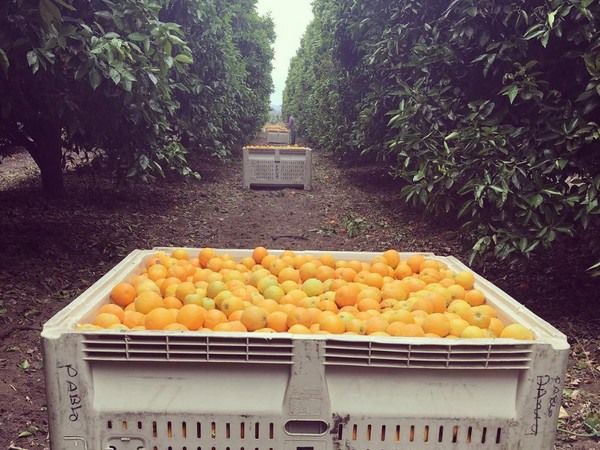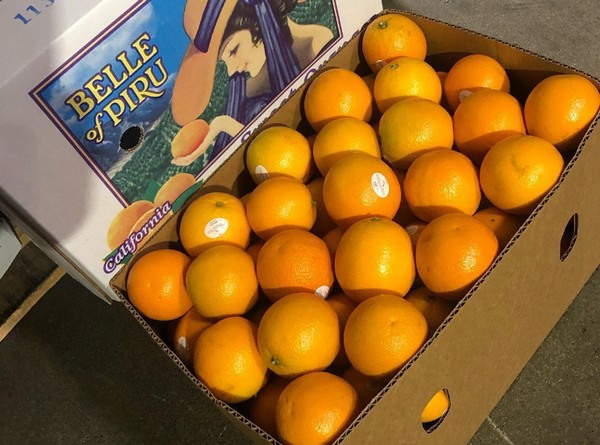Just over four weeks into the California Valencia orange crop and smaller sizes look to be tighter. “While the crop is down in both districts, the size structure has grown because of all of the rain we had from December onwards,” says Chris Diaz of Fillmore-Piru Citrus. “We’re initially seeing larger sizes to start the season so as we get into the summer months, the smaller sizes may become less abundant. Each year there’s less acreage being planted and more acreage being pulled. Therefore, it is even more critical to maximize our Valencia grower returns.”

For Fillmore-Piru, it’s running longer this season with its navel orange crop so Valencias started slightly later in the first week of May. The current pacing is slower than most years since the crop is down over last season. Harvest began in the Central Valley and typically transitions in the first part of August to Southern California fruit from the Ventura, San Diego and Riverside County regions.
As for demand, it’s steady overall but very good on smaller sizes. “There’s not a shortage of big fruit because there are still larger size navel oranges out there,” adds Diaz.
Stronger pricing on small fruit
This means pricing is somewhat dependent on Valencia sizing. “Because there are larger size late navels out there still, pricing on larger Valencias are cheaper because you can’t get the same type of navel pricing that you would for larger size Valencias. On the larger 72-56-48 sizes, prices are very volatile--$6-$8 less in some instances to these late navels. On the 88s-138s, it’s high teens to low $20s which is fairly decent on small-size fruit at this time of year,” says Diaz.

Looking ahead, into the first part of July, import fruit will be available from Chile and South Africa, including South African Midknight Valencias by the middle of summer and that will put more competitive pressure on the California Valencia crop. It also means California growers and shippers will further focus on promoting the fact that their fruit is California grown and look towards bag programs, juice programs, bin displays and more. “We need to make sure California Valencias are competitive. You may see a drop in demand around July 4th but we’re going to try and promote this variety as much as we can,” says Diaz.
 For more information:
For more information:
Chris Diaz
Fillmore-Piru Citrus
Tel: +1 (805) 521-1781
cdiaz@fpcitrus.com
https://fillmorepirucitrus.com/
